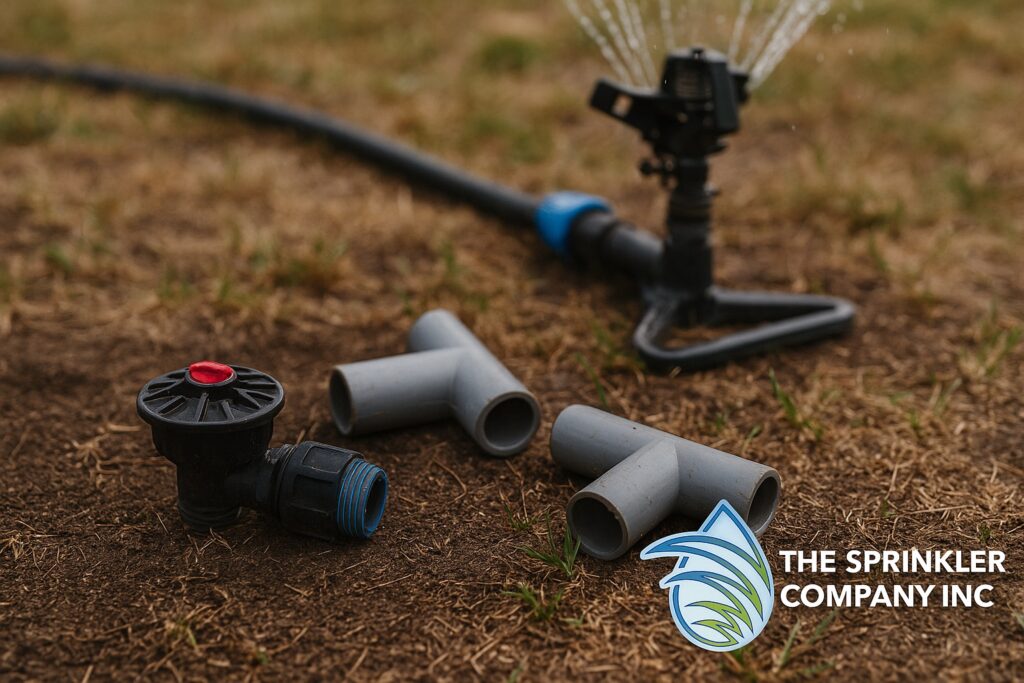Irrigation Opening
Opening Cost Calculator
Check-Up / Service Call
Full inspection, diagnostics, pressure testing, and system adjustments.
BOOK ONLINEUsually, the price for irrigation opening is $90 + tax. The price can vary if the system is commercial or big residential.
GET IT NOWBasically, the price for winterization is $100 + tax. The cost can vary if the system is commercial or big residential.
GET IT NOWPrices start at $550 per zone. We use Hunter and Rain Bird materials. 5-year warranty. Parts and labor are included.
GET IT NOWLED fixtures start from $250 due to long lifespan and reduced maintenance costs. Parts & labour are included.
GET IT NOWResidential sod averages $1.10–$3.50 per sq.ft. Commercial starts at $0.75. Labour is included.
GET IT NOWFrench drainage installation cost ranges $25–$40 per foot depending on complexity. Parts and labor are included.
GET IT NOWFull inspection, diagnostics, pressure testing, and system adjustments.
BOOK ONLINE

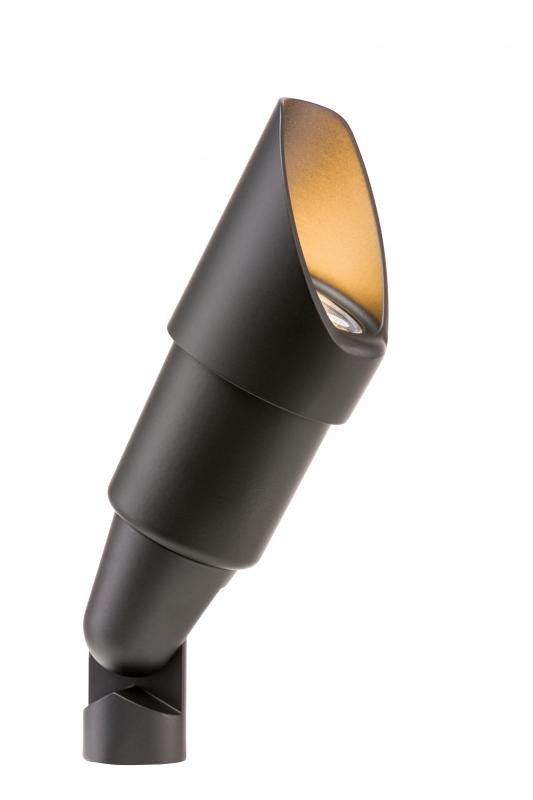



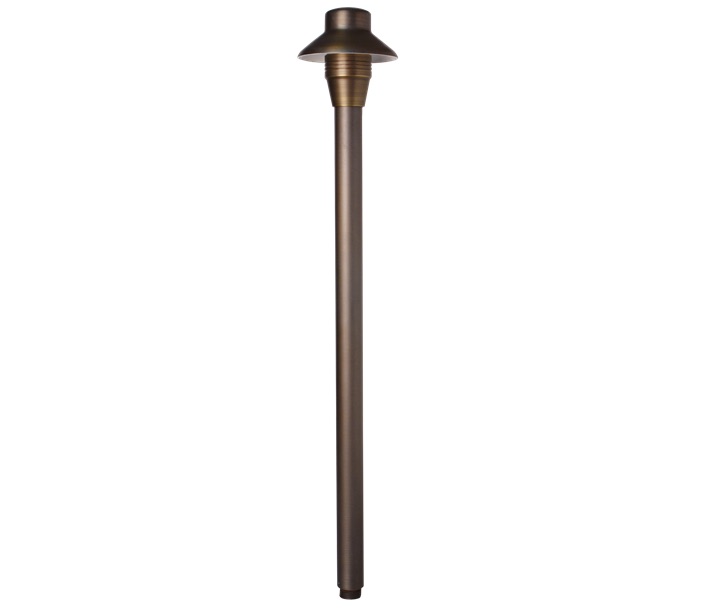
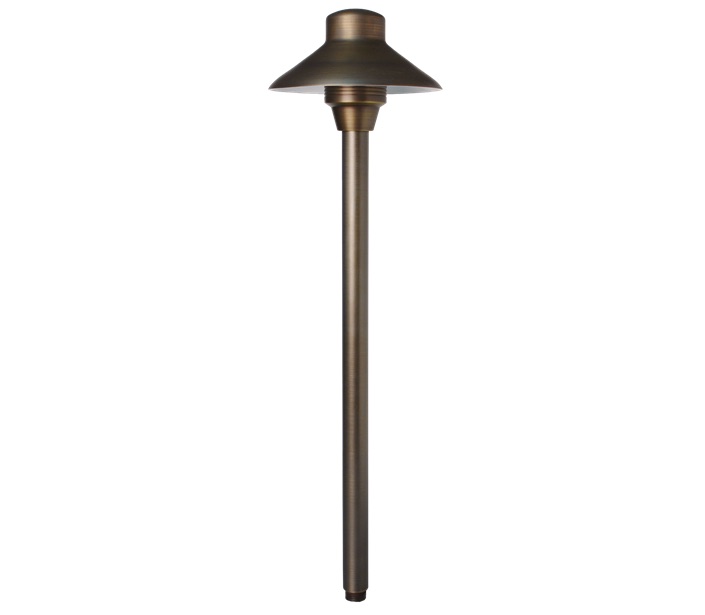

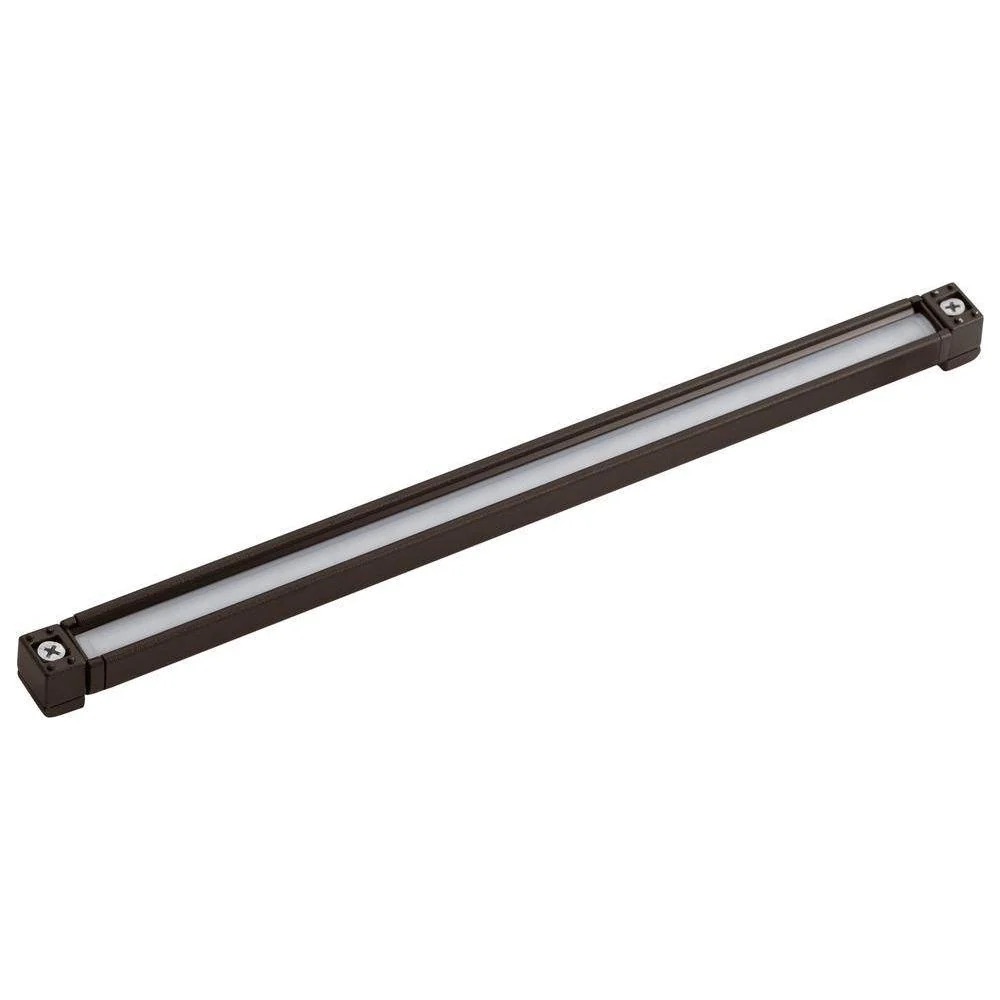
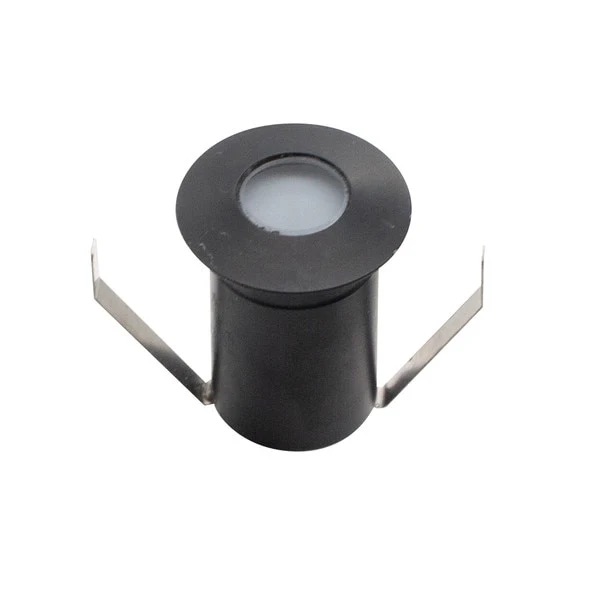
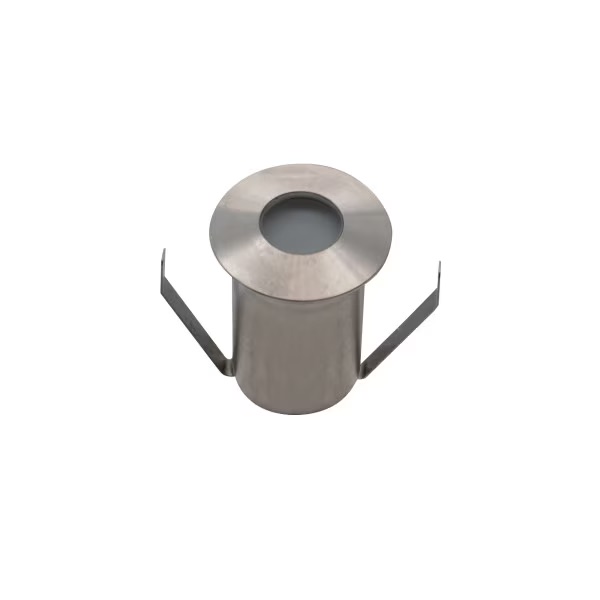
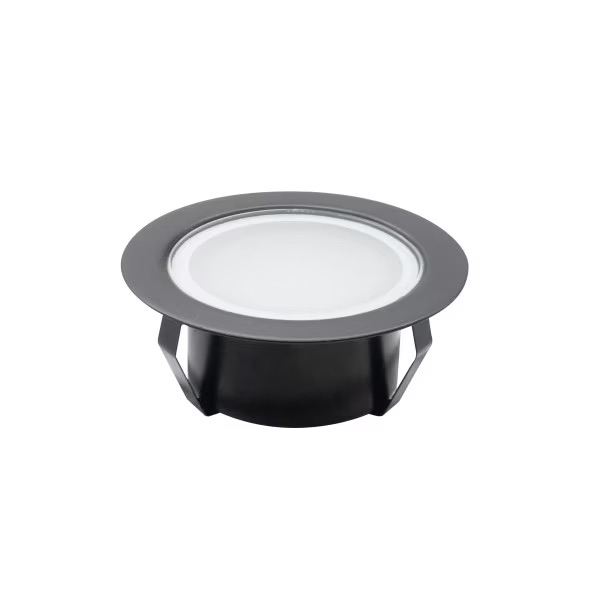
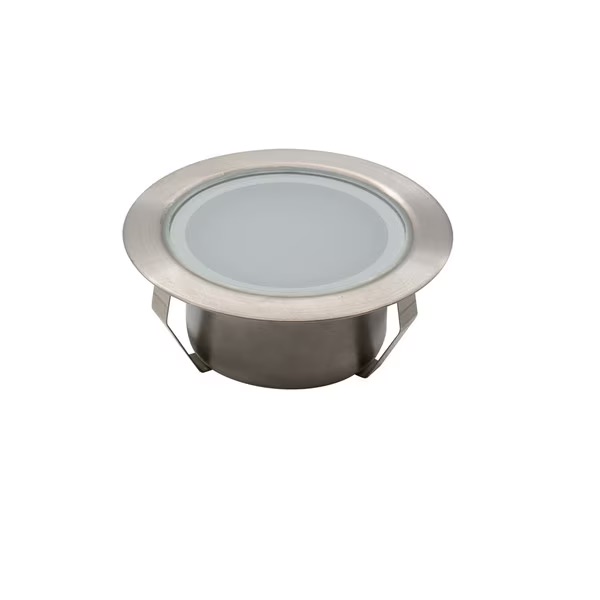
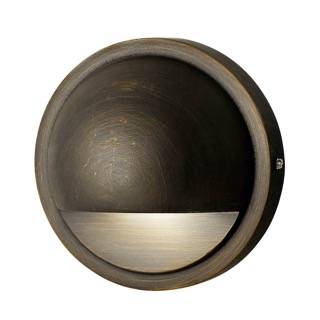

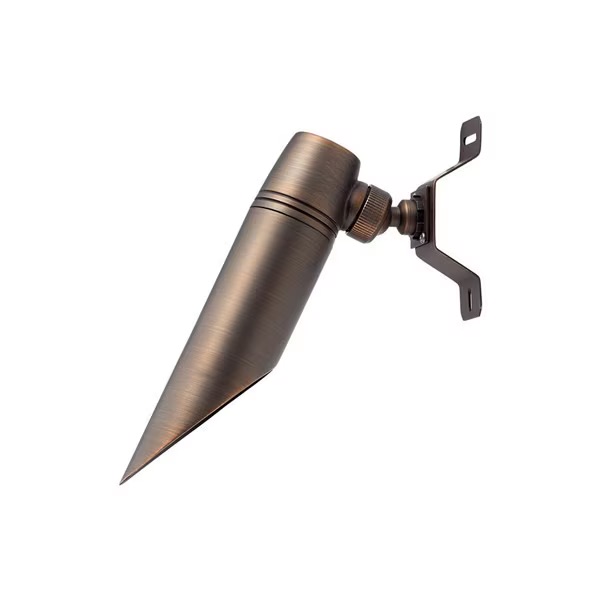
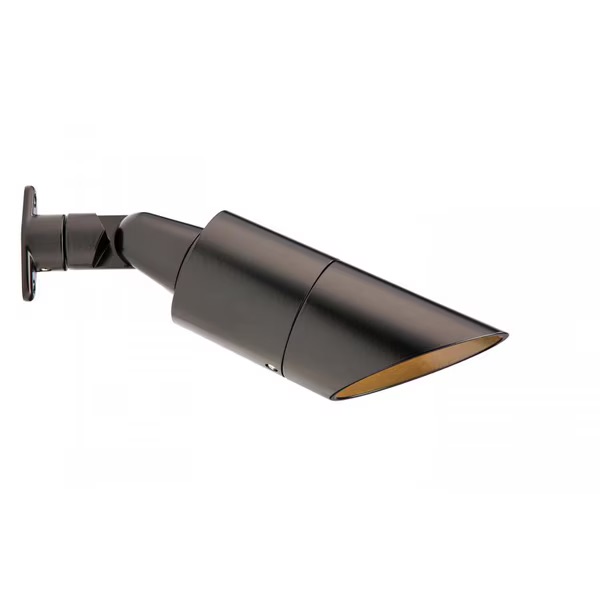





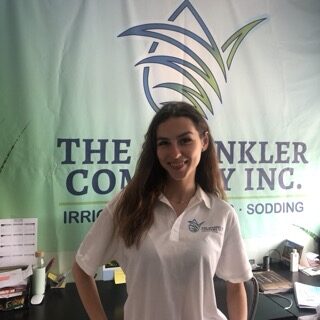

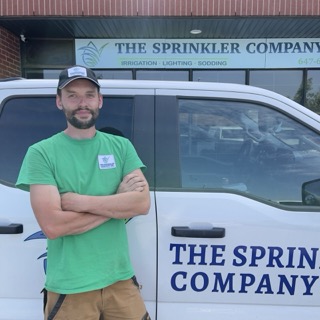

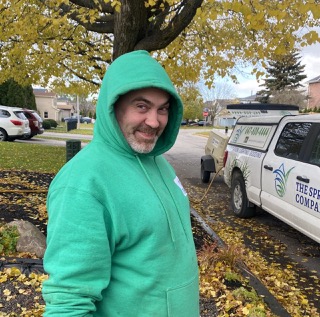
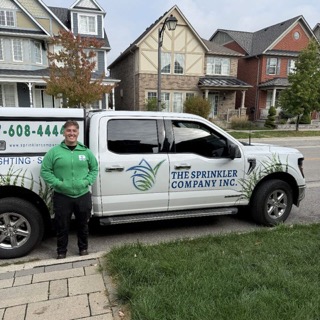
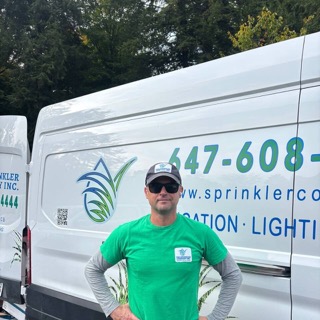

While the average budget irrigation system costs between $100–$300, its lifespan is often only 1–3 years. Meanwhile, a professional-grade system priced between $800–$2,000 can last 10–15 years with minimal upkeep.
While the average budget irrigation system costs between $100–$300, its lifespan is often only 1–3 years. Meanwhile, a professional-grade system priced between $800–$2,000 can last 10–15 years with minimal upkeep. The U.S. Environmental Protection Agency estimates that up to 50% of water used outdoors is wasted due to inefficient irrigation. If a homeowner loses even 30% water efficiency and pays $80/month in summer bills, that’s $288/year in excess costs. Combined with repairs, this means a $200 system can easily cost $2,000+ over a decade, exceeding the lifetime cost of a premium system.
| Feature | Budget Irrigation | Professional Irrigation |
|---|---|---|
| Initial Cost | $100 - $300 | $500 - $3,000 |
| Lifespan | 3-5 years | 10-20 years |
| Maintenance Frequency | Every 1-2 years | Every 3-5 years |
| Water Efficiency | Low (up to 50% more waste) | High (water-saving up to 50%) |
| Plant Health | Uneven, leading to damage | Healthy and consistent |
Cheap irrigation systems waste money through:
Frequent repairs every 1–2 years
Increased water usage due to lack of smart features
Rising energy and labor costs
Incompatible parts that require full replacements
Over a decade, these hidden expenses often exceed the cost of premium irrigation systems.
Budget systems may cost $150 upfront but typically require $75–$150/year in repairs. Most use nozzles and tubing rated for only 1–2 seasons. Over 10 years, you may spend $750–$1,000 replacing failing parts. Additionally, inefficient water use can inflate your utility bill by $20–$40/month during active irrigation seasons. If you water from April to September, that’s an extra $120–$240/year, totaling over $1,200–$2,400 in wasted money over a decade. Combined, a “budget” system can cost more than $3,000 in total ownership.
Budget irrigation components are often made from thin PVC or low-grade polyethylene that begins degrading after just 1,500–2,000 hours of UV exposure. Premium systems use UV-stabilized polymers and brass or stainless steel parts with a tested durability of over 10,000 hours of exposure. In freeze-prone regions, budget systems tend to crack when exposed to temperatures below 32°F (0°C), while premium lines are tested for resistance down to -20°F (-29°C). Material quality directly affects lifespan, with premium parts lasting 5–7 times longer on average.
Data from landscaping professionals shows that 70% of service calls related to residential irrigation involve systems less than 5 years old, and most are budget models. The average homeowner using a budget system faces at least 2 major repairs per year, costing between $50–$125 each. This means spending $100–$250 annually just to keep the system functional. In contrast, premium systems often include 10-year warranties and need less than one major repair every 5 years, drastically reducing total maintenance costs.
According to the EPA’s WaterSense program, inefficient irrigation systems can waste 25,000 gallons of water annually for a standard quarter-acre lawn. Budget systems lacking pressure regulators or smart controls are often the culprits. If you pay just $0.004 per gallon, that adds $100/year in unnecessary water use. Over 10 years, that’s $1,000 in water waste alone. On top of this, budget emitters often have an inaccuracy rate of 15–20%, watering non-target areas like sidewalks or driveways.
Yes, inefficient systems significantly harm the environment. One poorly regulated system can generate 100+ gallons/dayof runoff, especially when combined with fertilizers. This adds up to 36,500 gallons/year of polluted water entering sewers and natural bodies of water. Runoff carries nitrates and phosphates into local streams, contributing to algae blooms and aquatic dead zones. Sustainable systems, like those using EPA-certified smart controllers, reduce runoff by up to 70%, according to a University of Florida irrigation study published in 2022.
| System Type | Upfront Cost | Repairs (10 yrs) | Water Waste | Total |
|---|---|---|---|---|
| Budget ($150) | $150 | $1,000 | $1,200 | $2,350 |
| Premium ($1,200) | $1,200 | $150 | $400 | $1,750 |
So while the premium system costs 700% more upfront, it saves $600+ over a decade due to reduced maintenance and water efficiency—making it the smarter investment.
Upgrading a budget irrigation system is often impractical and costly due to proprietary fittings and non-standardized components. Industry research shows that over 65% of budget systems lack compatibility with newer technologies like Wi-Fi controllers or moisture sensors. Attempting to adapt these often results in water pressure issues and mechanical failure. On average, homeowners spend $400–$700 trying to upgrade a $200 system—costs that would have been avoided by starting with a premium, modular system designed for future compatibility.
Budget irrigation systems are highly susceptible to damage in extreme weather conditions. In a 2023 field test conducted by a California landscaping firm, 72% of tested low-cost systems failed under either sustained UV exposure (95°F for 7 days) or freeze-thaw cycles (below 32°F overnight). Key problems included cracked pipes, warped emitters, and failed valves. By contrast, premium systems demonstrated over 90% durability under the same conditions. In regions with temperature swings, a system built with weather-resistant materials can prevent $300–$500/year in emergency repairs and replacements.
Budget irrigation systems usually have a lifespan of 1 to 3 years. A study by the Texas A&M AgriLife Extension Service found that 82% of homeowners using low-cost systems had to replace at least one major component in under 24 months. By comparison, premium irrigation setups can last 10 to 15 years, especially with seasonal maintenance. That means homeowners with budget systems could be replacing them 3 to 5 times in the time a single premium system lasts.
Yes, investing in a premium irrigation system is financially and environmentally beneficial. Though initial installation costs range from $800 to $2,000, these systems offer a 10–15 year lifespan, smart water-saving features, and better coverage. According to the EPA, smart irrigation controllers can reduce water use by up to 30%, which for the average U.S. household equates to saving 7,600 gallons/year. That’s a utility savings of about $80–$120 annually, or $1,200+ over a decade.
Although budget irrigation systems may seem appealing at first glance, they end up being far more expensive due to high failure rates, water waste, incompatibility, and repair costs. A system that costs $150 initially can balloon into $2,000+ over a 10-year span. Premium systems, though more expensive upfront, provide superior reliability, durability, and long-term savings. Backed by warranties, smarter water use, and industry-standard parts, they protect both your wallet and your yard. When it comes to irrigation, buying cheap often means paying twice—or more.
